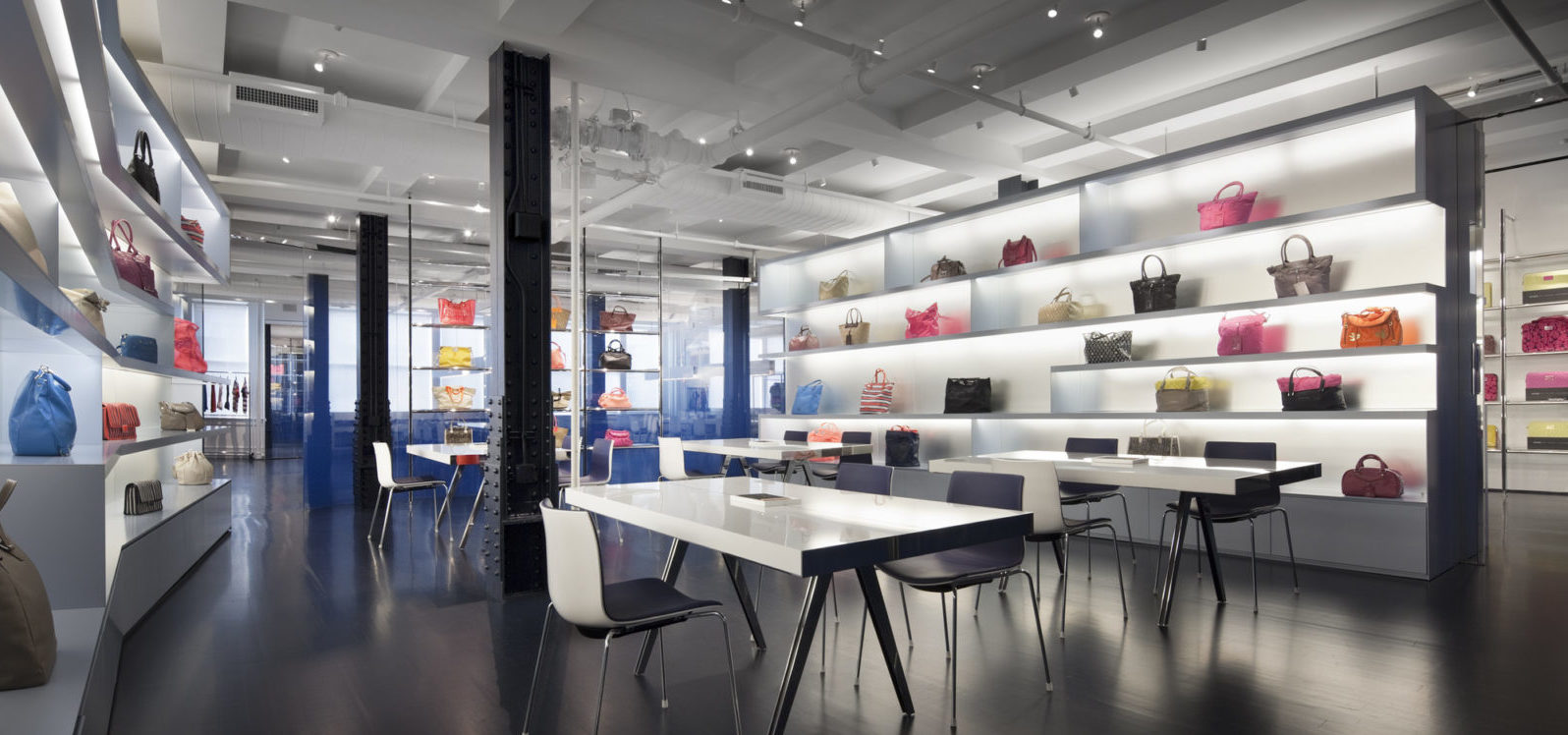Offline retail is finally about to change. But the shift is more subtle than many people think and its not about to go all digital. After two decades of the internet and the mobile revolution, 91% of U.S. retail spending still takes place in brick-and-mortar stores. Traditional retail sales continue to grow, exceeding $5 trillion this year. Amazon is growing faster, but is still a drop in the bucket.
You’d be forgiven for thinking that offline retail is about to keel over and die. Headline writers attract clicks by proclaiming the “retail apocalypse.” There’s plenty of material to fuel the narrative, from struggling mall operators to large bankruptcies like Toys R Us. Yet the numbers don’t match this gloomy narrative. In 2017, the U.S. will have a net gain of approximately 3,000 new stores, led by independent retailers open to new models and online only players opening brick and mortar locations. In total, offline retail sales will increase by about $70 billion, which is equivalent to half of Amazon’s annual revenue. Brick-and-mortar will continue to dominate retail for a long time to come.
How Physical Retail Lost its Way
Why are shoppers looking beyond brick and mortar stores in the first place? When online shopping came, well, online, it caused a seemingly overnight and massive disruption in the sales of consumer goods. With revenue shifting away from brick-and-mortar stores, retailers panicked, and like a herd of sheep, they all made the obvious choice: they cut costs.
Personnel were let go, wages reduced, and turnover was rampant. Then came the natural consequence of those decisions: terrible shopping experiences in dirty, cluttered, and understaffed stores manned by stressed-out, poorly trained, and inexperienced salespeople. No rational person would subject themselves to that horror show when you could sit on your couch and order the same goods online. So you and I, and everyone else did just that – we stayed home.
In Store Experience Setting Stage to Dominate Online Sales
Retailers and brands are wakening up to their mistakes and re-investing in highly savvy sales associates, in-store technology, and customer experiences providing value consumers want that cannot be obtained online. Consumers are buying less material goods and spending more on experiences. Retailers have figured out that if they make the shopping journey a personalized high touch experience that cannot be replicated online, they get the sale.
And with this change, offline shopping is going to dominate online even more than it is now. Brands that invest in the tools to make their retail partners successful now are going to reap the rewards. Relationships with independent retailers will be the differentiating factor and strategic advantage for brands who recognize this pending shift now. Online-to-offline & offline-to-online attribution, will start to become the norm. The Retail as a Service concept will take shape as retailers act as showrooms or experience centres and last mile local pickup/delivery/return centres.
Showroom Future of Brick and Mortar
Retail shopping has a lot of life and legs in the new economy, as people are burned out from shopping exclusively online and seeking experiences. The future of brick-and-mortar retail is the “showroom” or “gallery” shopping concept. At a showroom, consumers go to a retail location to experience products and then place orders while in-store. Showrooms offer an opportunity to combine the best of all of shopping elements: excellent service by knowledgeable staff, a comfortable in-store experience, and the opportunity to fully test, try on, and evaluate products with the convenience of last mile pickup and/or delivery directly to your home.
Direct to Consumer Only Recipe for Disaster
Consumers and the way they are researching and shopping is blending between channels as 93% of consumers shop in more than one channel before buying. Those brands that are abandoning their specialty retail channel and focusing aggressively on direct to consumer approaches are foregoing customer experience for profit. Which in the short-term may look advantageous but longer term opens up market opportunities for new nimble craft brands to take their place, just ask Nike and Under Armour. Both brands have lost market share, revenue, and brand value along with retail shelf space. As experiences become the new currency for consumers, online only is going to fall short.
Conclusion
By focusing on the experience of shopping, rather than the transaction of shopping, brands and retailers can bring customers back to brick-and-mortar to remain relevant in an Amazon era. Retail is being won and lost on consumer experience. Those who are able to provide it, will win. A cardboard box on your consumers doorstep subject to porch theft is about as undifferentiated of an experience as you can get. Without brick and mortar success, many brands themselves will become devalued and fail.

